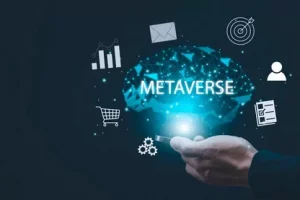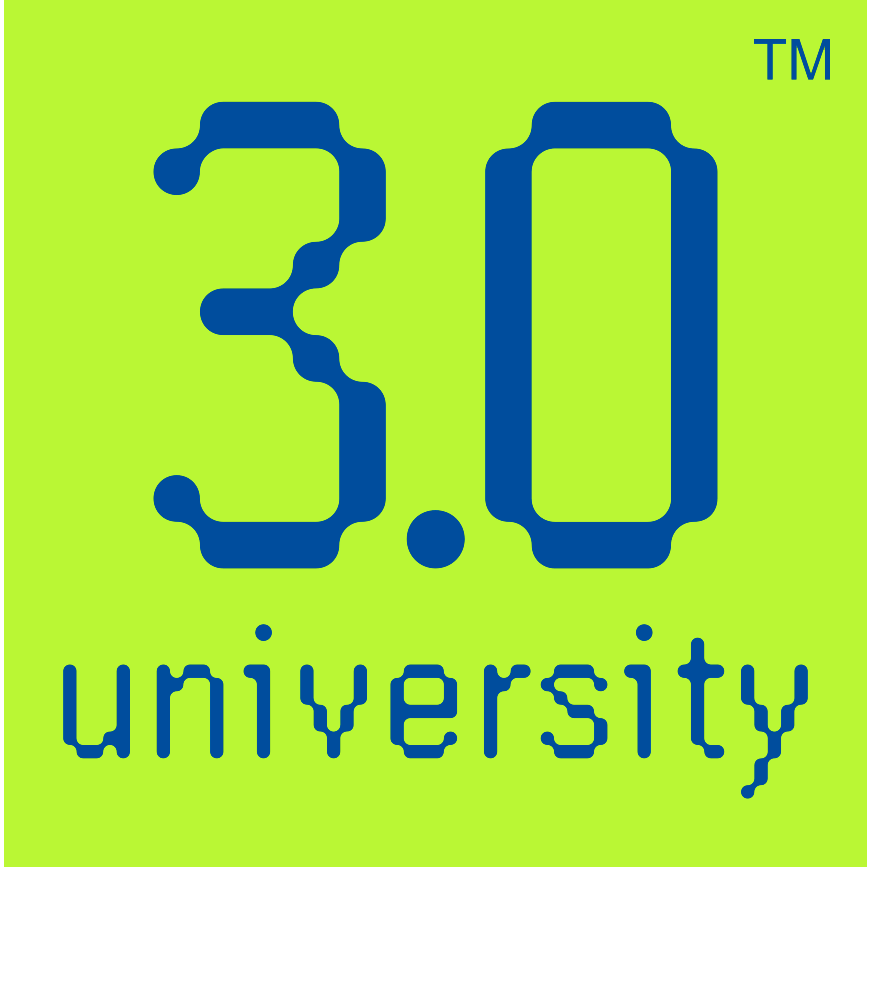
Environmental Benefits of GPT-4 and AI
- Posted by 3.0 University
- Categories Artificial Intelligence
- Date September 9, 2024
- Comments 0 comment
AI for a Greener Future: How GPT-4 is Revolutionizing Environmental Solutions
The future holds a lot of possibilities for artificial intelligence, and this is especially true as we move past GPT-4’s incredible innovations.
As the advancements in AI continue, we are witnessing a significant integration of AI in various fields, such as health and finance, and even infiltrating other levels of technology, such as 3D printing, into the fashion production industry.
With the latest AI technology, like GPT-4, AI systems can now mimic human conversations and handle both simple and complex decision-making tasks.
Nevertheless, the main query is still: What’s next after GPT-4?
With the new genetic modifications and their use for humans, the primary focus is on the latest developments in AI.
It is evident that AI and the future are intertwined, with the potential for increasingly complex models that can perform multiple tasks simultaneously and integrate with brain processes.
Continuing the story AI, GPT-4’s contribution in protecting the environment…
Ensuring the quality of the air in and around us.
The UNEP’s 2022 World Environment Situation Room (WESR) uses an AI-powered digital platform to parse vast and varied records.
The desired WESR outcome is the curation, collection, and visual presentation of the most valuable earth observation and sensor data.
Their work earns the name of near-real-time analysis and future predictions from the important environmental factors of CO2 atmospheric concentration, glacier mass, and sea level rise.
For their part, they are inextricably linked to a partnership network designed to guarantee the correct nomenclature and valid readings of all studies.
Jensen delineates that WESR is a particular type of platform that is becoming very user-friendly and demand driven.
It operates with data from a multitude of settings, including government offices, classrooms, mayor’s offices, and boardrooms. He reasons that access to reliable and nonpartisan data is a must for optimal decision-making and transparency.
Their intention at WESR is to assemble a central hub for organizing, interpreting, and acting on essential environmental indices. UNEP-IQAir GEMS Air Pollution Monitoring is another project with a special emphasis on environmental control.
Intelligence Air Quality (IQAir) largely uses AI technology to examine the data coming from the gamut of monitoring stations in a quarter of the world and over 140 countries.
Their system uses this information to advise and implement health measures, thereby improving the population’s health.
The availability of these platforms gives the private and public sectors the opportunity to use digital technologies and data to not only accelerate environmental sustainability programs globally, but also bring about changes in the way businesses run.
Jensen goes on to say that ideas have the potential to be revolutionary in the sense that they can accelerate positive changes on a large scale.
Assessing ecological footprints
Moreover, another utilization of artificial intelligence.
This device functions not only as a service to businesses and consumers, but also by calculating product footprints throughout their lifecycles and supply chains.
E-commerce websites, such as Amazon.com, Shopify, and Alibaba, will improve their service only when they can tap into data sources on how many PCs/Macs are in use at any given time.
You will be surprised by the changes that occur when you turn them off.
How to reduce ICT emissions
A study conducted by UNEP suggests that by reducing consumption, recycling electronics, and repairing those that can be mended, we can effectively decrease the amount of waste generated.
Did you know that ICT is responsible for emitting approximately 3-4% of all emissions?
It’s quite significant!
Moreover, the success of big data lies in the increased use of water in data centres. These facts emphasize the environmental impact of these technologies.
The CODES Action Plan for a Sustainable Planet in the Digital Age is based on the UN Secretary General’s Roadmap for Digital Cooperation. It targets environmental degradation through digital activities.
Focusing on the e-waste challenge is crucial due to its low recycling or disposal rate of only about 17.4%.
The UN Global E-waste Monitor predicts a startling 75 million metric tons of e-waste by 2030. Nearly one-third of electronic waste is practically repairable, according to a DEFRA report. These findings reveal how nations act or do not act towards global warming, not how they spend funds.
The U.N.E.P. gives full marks for the Paris Agreement’s claimed goal of lowering the average temperature to no more than 1.5 degrees Celsius.
Annually, the UNEP draws up a six-sector plan called the Six-Sector Solution to shrink down pollution from various sectors. This action complements the commitments of the Paris Agreement and fervently aims to bring about climate stability.
These are crucial power generating sectors, besides industry, farming, and food production; forests and land use; transport; and buildings and cities.
There is a possibility that you can make an impact in two different ways.
The first approach involves reducing your usage. The alternative is to take a stand and express your viewpoint. [2]
We are gradually heading towards an AI-dominated society, which is not an effortless transition to take.
How will AI improve our health?
is the question most often asked by the new generation. In the coming years, the transition to even higher levels of automation will put the problem of unemployment on top of the table again.
Corporations or businesses, essentially, have made the situation more challenging for programmers, who are now accustomed to machines and robots replacing humans.
In Conclusion…
As we persist to discover the future of artificial intelligence, the possibilities seem endless.
The latest AI technology like GPT-4 is just the beginning, and new AI technology on the horizon will further reshape industries, enhance human-AI collaboration, and redefine how we interact with machines.
You may also like

AI-Driven Cyber Threats

AI Education and Job Market in 2025

